As the cold snap hits and portable heaters are dusted off for another winter, it’s hard to imagine living in a home so warm that it doesn’t require any heating at all.
For many Kiwis living in older, inadequately heated or insulated homes that’s simply a pipe dream. Many, in fact, are likely to be living in homes in homes that fail to hit 18°C in winter, the minimum temperature recommended by the World Health Organisation.
Children, older people and those with medical conditions often benefit from homes even warmer than that, while those living in houses below 16°C have an increased risk of respiratory conditions.
Helen Viggers, a research fellow at the University of Otago’s Housing and Health Research Programme, said while a zero-energy home – a home warm enough that it didn’t require any heating - was something to aspire to, for now at least all New Zealanders deserved to be in warm homes.
Start your property search
Many renters were living in properties of a standard well below the legal requirement and she urged them to use the Tenancy Services Heating Assessment tool to assess what would need to be done to meet that standard and to “seriously consider” doing it.
“It would be great to move all houses and homes in New Zealand towards a great standard.”
The key factors to creating a warm home are ceiling, floor and – if possible – wall insulation, along with well-fitted curtains to keep the heat in, and good heating.
“Good heating was affordable, achievable and didn’t put products into the air but also the immediate environment of the home,” Viggers said.
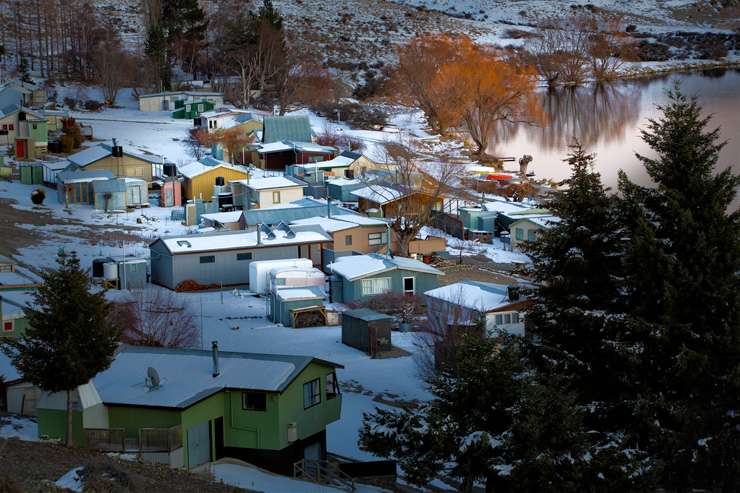
The winter cold snap will leave many facing tough choices about how to heat their home. Photo / Getty Images
There are pros and cons for all heating options and often the best solution comes down to the size of the house and those living in it.
With global warming also at the forefront of many decisions going forward, the energy the heating device uses and how efficient it is should also play a part in what system is used, Viggers said.
Energy Efficiency and Conservation Authority (EECA) evidence insights and innovation senior adviser Dr Gareth Gretton said choosing the right heating could make all the difference to surviving the colder months comfortable without scary power bills.
“There are a number of factors to consider when choosing the right heater, but for most people cost will be the main one – both the cost to purchase and the cost to run. We recommend getting the most energy-efficient heater you can, which may cost more upfront but will be far cheaper to run.”
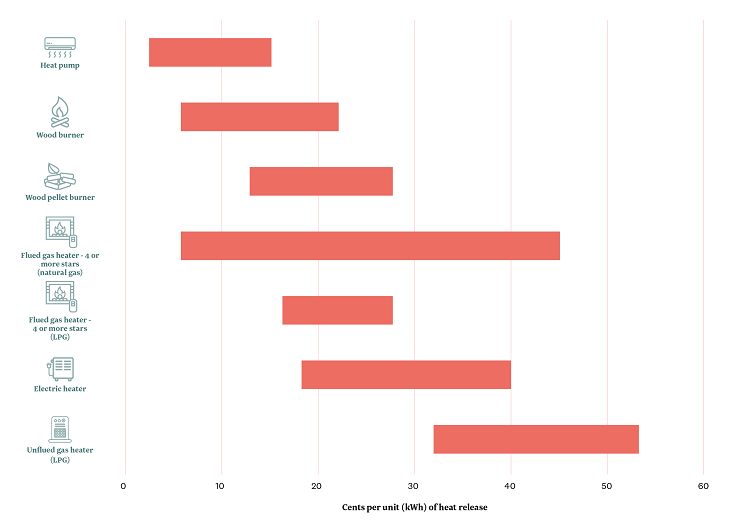
The cost of running each for of heating system. Image / EECA
EECA found that heat pumps followed by wood burners were the most efficient heaters with the lowest fuel running prices.
When considering new heating, Consumer NZ recommends looking at energy types and their availability, the cost and efficiency of each system, the appearance, how the heat is distributed throughout the house and the nature of the heating.
The house’s own characteristics such as whether it is insulated or has double glazing are also a factor.
Consumer NZ product test team leader James le Page said heat pumps were one of the most popular choices and were basically “space heaters”.
“They provide convenient, efficient, heating that can be set to a certain temperature to come on and off at different times.”
While heat pumps are 10 times more expensive than plug-in electric heaters, they can heat up a room in 10 to 30 minutes and maintain that temperature within one to two degrees.
Harcourts Glenfield real estate agent David Ding said central heating only featured in a small number of properties he sold and the source of heating was not often a deciding factor for home buyers.
People had other priorities than how the home was heated because it could be changed later on at a reasonable cost whereas the location of the property couldn’t.
“But if it’s plaster versus brick, if it’s a shared driveway or without a shared driveway, if it’s a good school zone or an average school zone ... those are more important than heating.”
Heating options: Which one is best?
1. Heat pumps: EECA and Consumer NZ both agree that heat pumps are one of the better and more popular options for heating a home because they are energy efficient, cheap to run and can provide instant heat.
A heat pump could be used to heat one room, several heat pumps could be installed in various rooms or a ducted system could be used so one appliance heats several rooms.
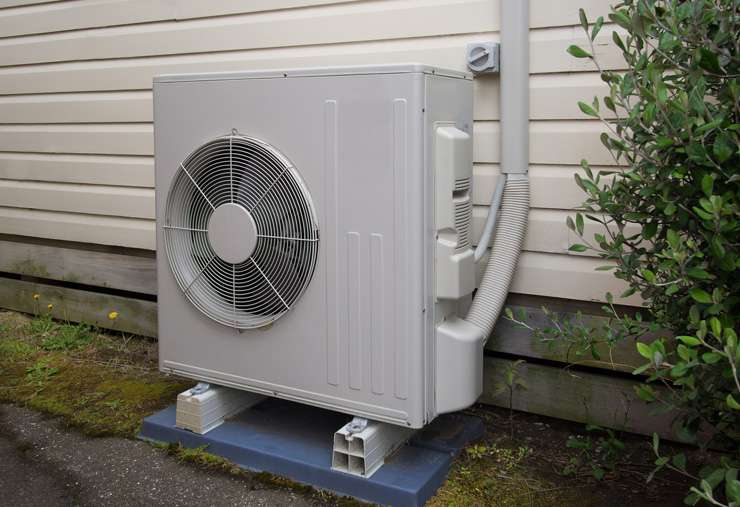
Heat pumps are one of the most popular forms of heating. Photo / Getty Images
While the cost of installing a heat pump is about 10 times more than an electric heater, according to Consumer NZ, it can heat up a room in 10 to 30 minutes and maintain the temperature within a few degrees.
Viggers said providing the heat pump was the correct size for the area, it could give more than 2.4kw output which is about the limit for electrical resistance for rental housing.
2. Wood burners: High-quality wood burners that burned efficiently and were airtight could also be an affordable and good option especially as they used renewable wood energy.
Gretton said they were cheap to run and dry firewood used in modern burners produced low pollution. Not only could they heat large spaces, they could also be used for cooking and heating water.
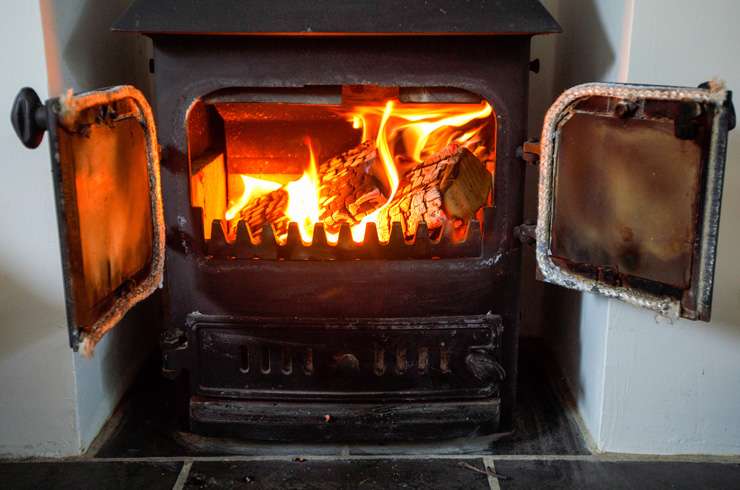
Wood burners can be effective, but they can also be costly to run. Photo / Getty Images
Le Page said central heating is the effective way to keep an entire house warm and dry, but could be expensive and heat pumps were also effective without costing tens of thousands of dollars.
Viggers said they were a good option, especially if untreated wood was easily accessible and the occupants were healthy enough to manage one.
3. Electric heaters: Electric plug-in heaters are cheaper to buy, but more expensive to run than heat pumps.
However, they are easily transportable and will still get the job of heating a home done.
Le Page said despite the higher running costs, electric heaters were often the most cost-effective and only option especially for renters.
A less powerful 1500W heater is cheaper to run per hour but takes longer to heat a room, while a large 2400W heater costs less than $1 per hour to run.
“A heater with a fan circulates the air better, so can keep you warmer at ground level (especially if you have high ceilings).”
Gretton said all the different electric heaters available were equally efficient and recommended a heater with a higher wattage and thermostat.
“You’ll get to a comfortable temperature quickly without wasting energy.”
Putting a portable heater on the cold side of the room also helped distribute the heat better.
4. Central heating: Having warm rooms at the touch of a button sounds like a dream come true and while efficient, the initial cost of installing central heating can be prohibitive for many.
Le Page said central heating was the most efficient way to heat and keep your whole home dry, but it needed to be bespoke and specifically designed for each house.
If you’re looking to warm your home but couldn’t afford tens of thousands on a whole-home heating system, heat pumps were a popular and very effective option, he said.
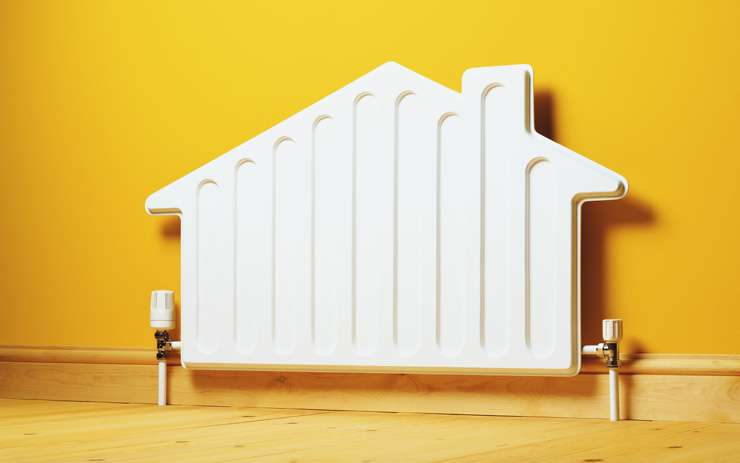
Central heating is the dream for many, but the cost of installation can put many off. Photo / Getty Images
While central heating had the benefits of heating up an entire house, Viggers said it could be an expensive and unnecessary cost.
“If you have quite a small house, then having a heat pump in a central location might be enough, but if you are sprawling over several storeys, yes you might want to consider it. It could also get quite expensive.”
Viggers said there were other options such as installing a large heat pump with a ducted system or putting in several smaller heat pumps around the house.
5. Flued gas heaters: Flued gas heaters could provide instant heat in large spaces, but the downside was the energy source used to run them.
Not only was gas expensive, but it was also fossil fuel that releases greenhouse gas emissions.
Gretton said because New Zealand doesn’t have minimum energy performance standards for gas heaters, their efficiency and emissions varied a lot. A good way of checking its efficiency was to look at the Australian Gas Association gas energy rating label and ensuring it had a high star rating.
Viggers isn’t a fan of any type of gas heater, especially because she believes the cost of gas is only likely to rise further.
6. Non-flued gas heaters: Transportable gas heaters received a loud no from all the experts.
Viggers strongly advised against the use of any moveable unflued gas heater.
Not only did they release toxic fumes and greenhouse gas emissions, but they were expensive and not very efficient.
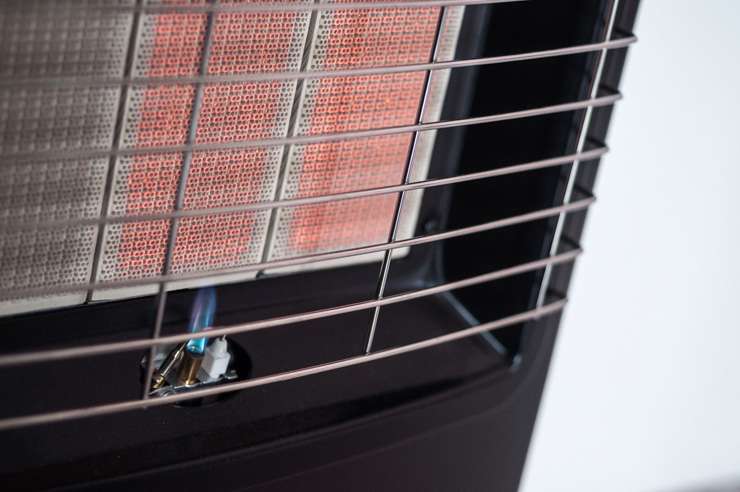
A big no from the experts - mobile gas heaters. Photo / Getty Images
Research had also been carried out on the impacts of gas heaters on asthmatic children and it was not something they would advise in New Zealand houses, she said.
Gretton added that this poor form of heating also releases water vapour into the home which can make it damp and mouldy.














































































